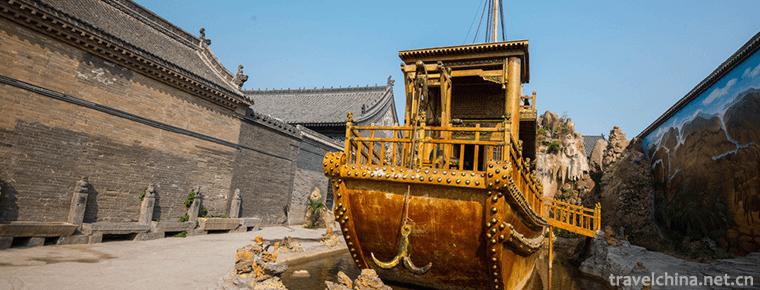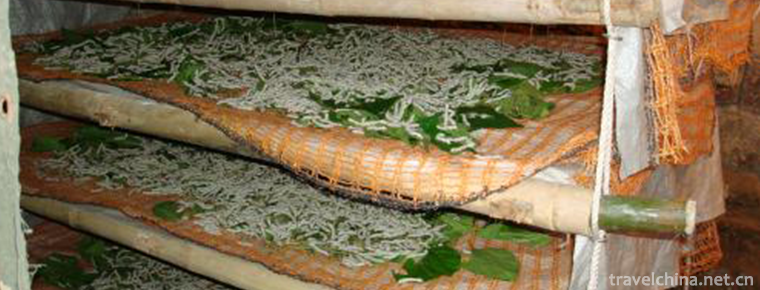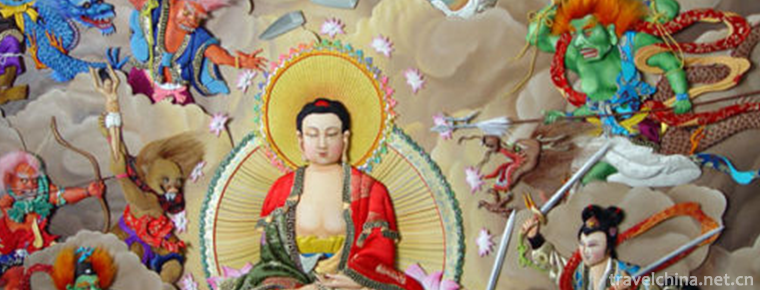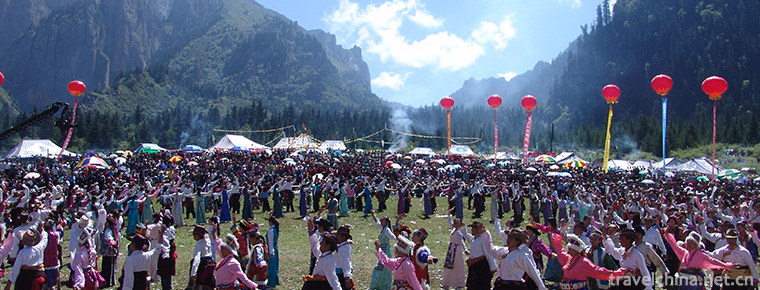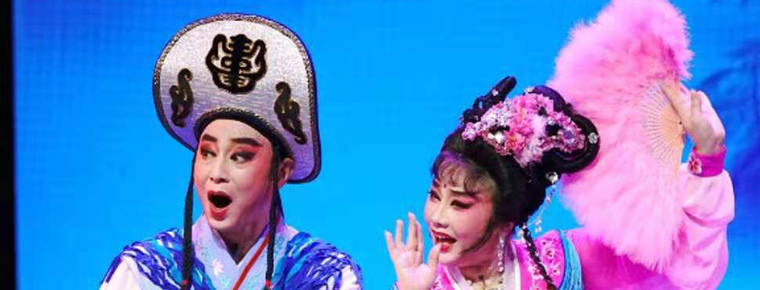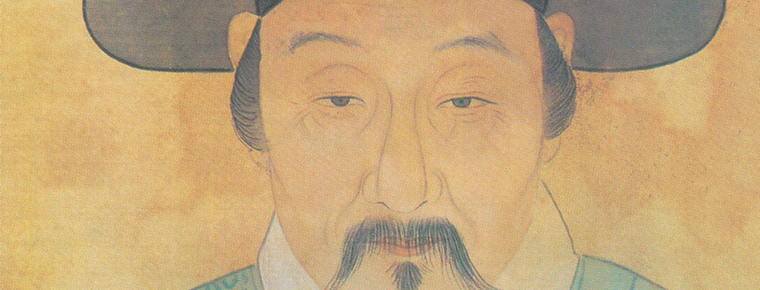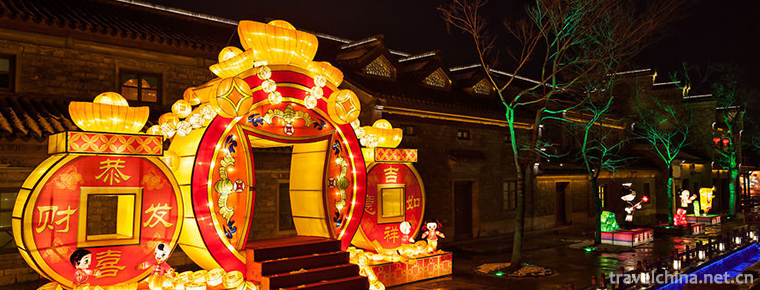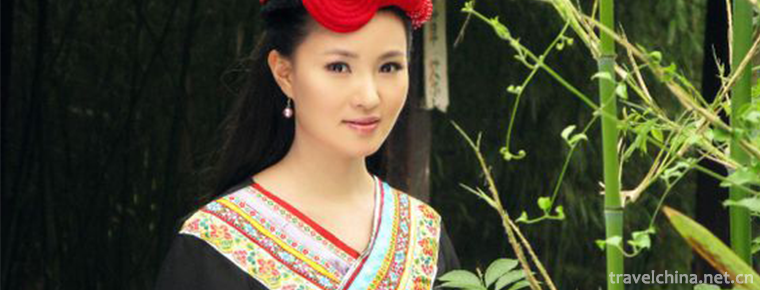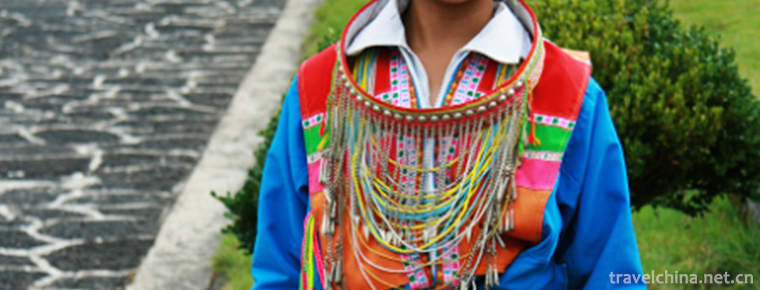Mongolian Khantin Music
Mongolian Khantin Music
The most important component of Mongolian traditional music is court music, which is Mongolian Khan music. Successfully selected into the fourth batch of national intangible cultural heritage list.
introduce
The capital of Lindan Khan, the last generation of Mongolian Khan, is the ancient city of Chaganhot in Arukhorqin Banner. It is recognized as an important base for studying Mongolian Khantin music by academic circles at home and abroad. According to historical records and detailed research and full demonstration by experts and scholars in academic circles, Lindan Khan Court Music, which prevailed in the Mongol and Yuan Dynasties, is a relatively complete Mongolian Khan Court Music material known at present. More than 300 years ago, Mongolian Khantin music flowed into the court of the Qing Dynasty. More than 300 years later, a text recording Mongolian Khantin music was found here again. The Mongolian Khantin band was founded in the first year of Taizu and prevailed in the Yuan Dynasty. It was a band specially performed in front of the Mongolian Golden Curtain Hall for Khan's succession, kings or foreign dynasties, empresses, princes and ministers. Honorable title, as well as suburban temple Richeng, ministers congratulations, Da Duan clan and relatives and other scenes. The music of Mongolian Khantin music is magnificent and magnificent. The music includes Khan eulogy, court praise, religious etiquette, folk proverbs and philosophical instructions. It consists of three parts: music, music and dance. It has more than 80 repertoires. A total of 18 instruments are needed, such as Hu Jian, Hu Qin, Sanxian, Mongolian Zheng and Hu Busi.
By the end of the Northern Yuan Dynasty, Khan Lindan Khan showed a new atmosphere in court music and dance. The Northern Yuan Dynasty perished, but Lindan Khan's court music was favored by Emperor Tai Chi of the Qing Dynasty, and continued to be used in the Qing Palace. Mongolian court music was introduced into the Qing Palace and became an important part of the Qing Palace music.
Recent developments
The people's government of Arukherqin Banner attaches great importance to the protection and excavation of "Mongolian Court Music" and lists it as a banner-level intangible cultural heritage. Under the chairmanship of Professor Hugeletu of Inner Mongolia Normal University, in 2009, the people's government of Arukherqin Banner started the excavation, rescue and restoration of Mongolian Lindanhan Court Music and established the Mongolian Khantin Band. After careful planning and rehearsal, a series of works have been completed, such as the reproduction of musical instruments, the arrangement of musical scores, the design of costumes, the rehearsal of bands, the choreography of dances, the setting of stage and the selection of actors. The Mongolian Khantin music, which was lost for a long time, was restored. The Mongolian Khantin band, which was founded in the first year of Taizu Yuan, is now reappearing on the North Horqin grassland.
On November 11, 2014, the State Council issued the fourth batch of representative projects of national intangible cultural heritage, and Mongolian Hanting music was successfully selected. Classified as traditional music.
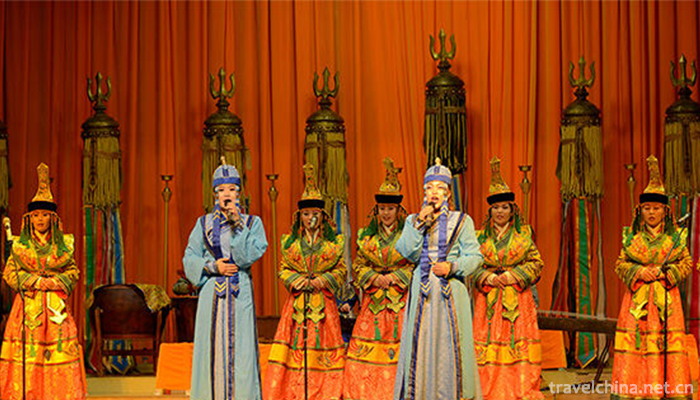
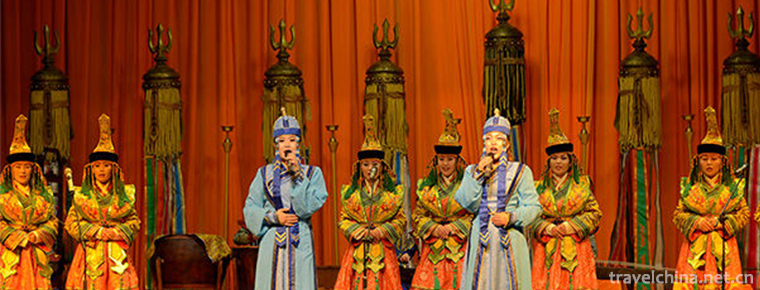
Mongolian Khantin Music
-
Mount Danxia Scenic Area
Danxia Mountain Scenic Area is located in Renhua County, northeast of Shaoguan, Guangdong Province. Danxia Mountain is composed of red sandy scintillate rocks and characterized by red cliffs. Geologis
Views: 174 Time 2018-12-12 -
Zengjiashan Scenic Area
Zengjiashan Scenic Spot is located in Chaotian District of Guangyuan City, south foot of Qinba and the combination of Sichuan and Shaanxi. It covers 6 townships and townships with 70,000 people
Views: 149 Time 2019-01-04 -
kangbaiwan manor
Kang Million Manor, also known as Heluo Kangjia, is located in Kangdian Town, Gongyi City, Henan Province (formerly Gongxian County). It was built in the late Ming and early Qing Dynasties
Views: 204 Time 2019-01-29 -
Silkworm custom
Haining City, the ancient name is meaningful, and later because of drunken plum from wood changed its name to salted plum. This is the seat of Changshui County in the Spring
Views: 141 Time 2019-04-04 -
Pile brocade
Duijin, also known as Shangdang Duijin, is a handicraft hand Duijin is developed on the basis of traditional Chinese painting and embroidery. It is made of silk as the main fabric
Views: 159 Time 2019-04-28 -
Pot dance
Guozhuang dance, also known as "Guozhuo", "Gezhuang", "Zhuo" and so on, is one of the three major Tibetan folk dances. Guozhuang Dance is distributed in Changdu and Naqu
Views: 168 Time 2019-05-02 -
Flower Drum Opera
Huagu opera, a kind of local opera in China, has the most identical names in the national local opera, usually referring to Hunan Huagu opera. Hubei, Anhui, Jiangxi, Henan, Shaanxi and other
Views: 175 Time 2019-05-04 -
The story of Xie Jin
Xie Jin (Dec. 6, 1369 - Feb. 22, 1415), a literary Minister of Ming Dynasty, was born in Jishui, Ji'an Prefecture, Jiangxi Province.
Views: 125 Time 2019-05-06 -
Qinhuai Lantern Festival
Qinhuai Lantern Festival, also known as Jinling Lantern Festival and Confucius Temple Lantern Festival, is a popular folk cultural activity in Nanjing. It is mainly held from Spring Festival to Lanter
Views: 168 Time 2019-06-10 -
She Costume
She nationality's men and women's clothing is basically the same as that of the local Han people. However, the She ethnic costumes in Fujian and Zhejiang provinces with relatively concentrated populat
Views: 364 Time 2019-06-14 -
Lisu Folk Songs
Lisu people advocate singing in tune. In the multi-voice unaccompanied chorus of Lisu people, the three major tunes of Lisu folk songs are "swing time", "excellent leaf" and "
Views: 137 Time 2019-06-17 -
Yele Nature Reserve
Yele Nature Reserve is located in Yele Township, north of Mianning County, Sichuan Province, bordering on the south of Shimian County, Ya'an City. It is a provincial nature reserve. It is 70 kilometers away from Mianning County.
Views: 259 Time 2020-10-16


